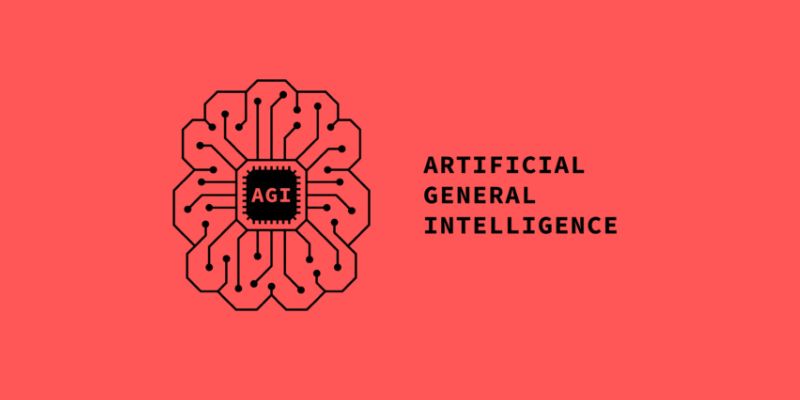 Basics Theory
Basics Theory
AGI is a hypothetical AI system that can understand complex problems and aims to achieve cognitive abilities like humans
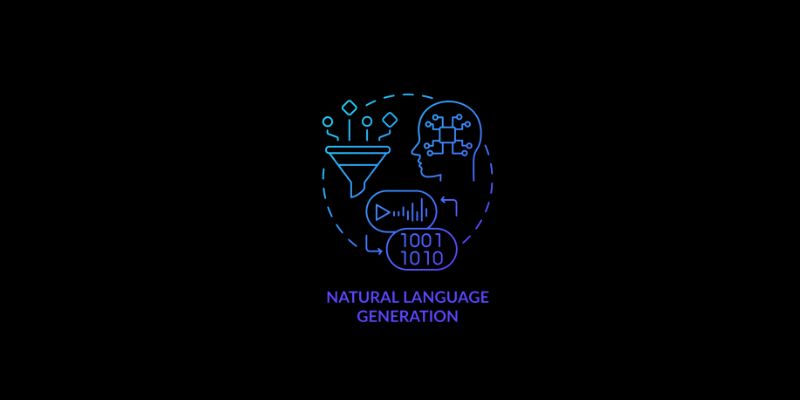 Basics Theory
Basics Theory
Natural language generation is a type of AI which helps the computer turn data, patterns, or facts into written or spoken words
 Basics Theory
Basics Theory
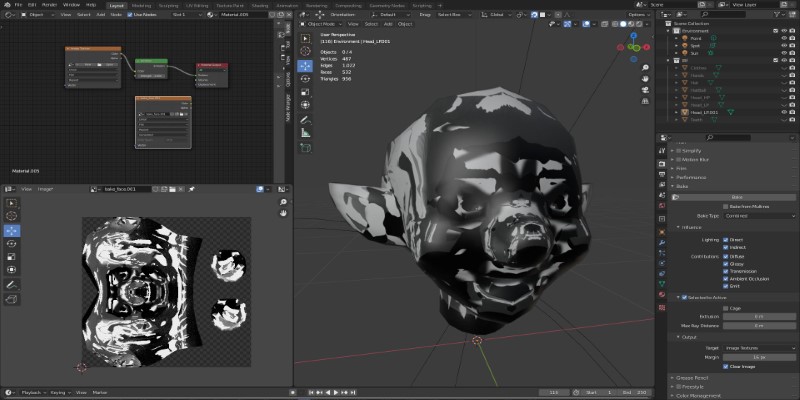 Applications
Applications
 Applications
Applications
 Basics Theory
Basics Theory
 Basics Theory
Basics Theory
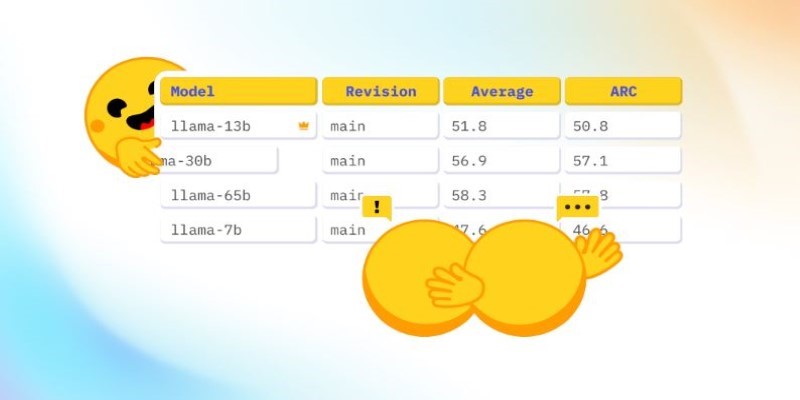 Basics Theory
Basics Theory
Advertisement

How Open-source DeepResearch is reshaping the way AI search agents are built and used, giving individuals and communities control over their digital research tools
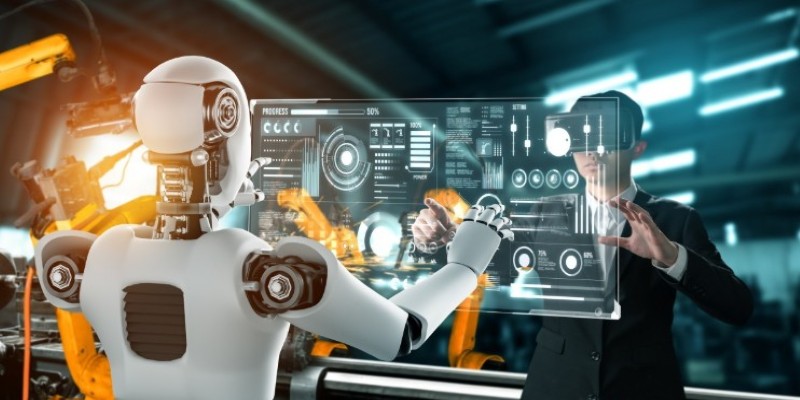
Explore how π0 and π0-FAST use vision-language-action models to simplify general robot control, making robots more responsive, adaptable, and easier to work with across various tasks and environments

Gradio's new data frame brings real-time editing, better data type support, and smoother performance to interactive AI demos. See how this structured data component improves user experience and speeds up prototyping

How Krutrim became India’s first billion dollar AI startup by building AI tools that speak Indian languages. Learn how its large language model is reshaping access and inclusion

How Arabic leaderboards are reshaping AI development through updated Arabic instruction following models and improvements to AraGen, making AI more accessible for Arabic speakers
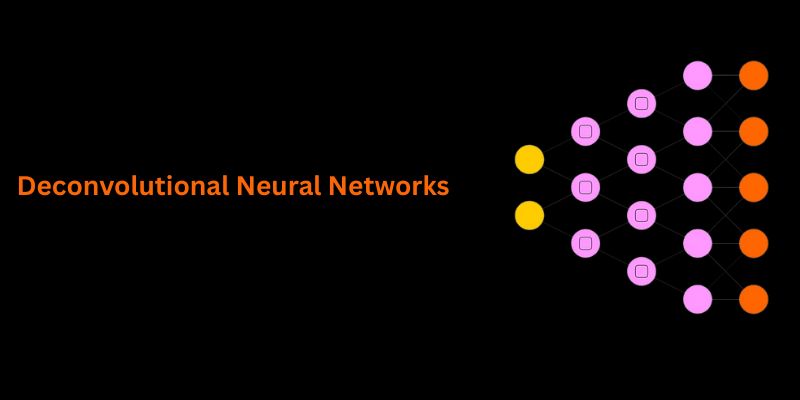
Understand how deconvolutional neural networks work, their roles in AI image processing, and why they matter in deep learning
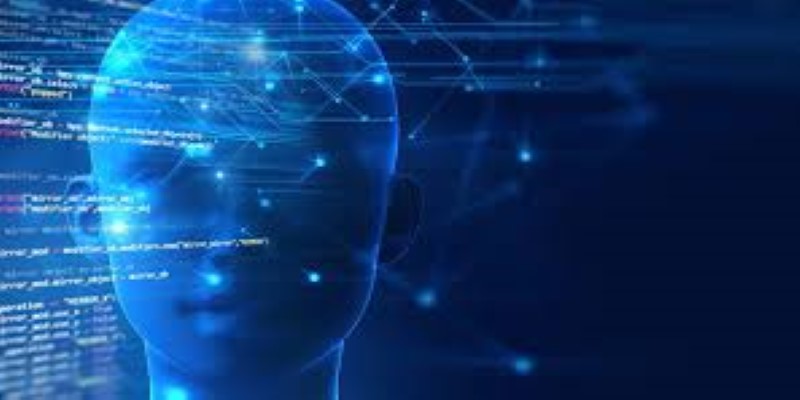
A simple and clear explanation of what cognitive computing is, how it mimics human thought processes, and where it’s being used today — from healthcare to finance and customer service
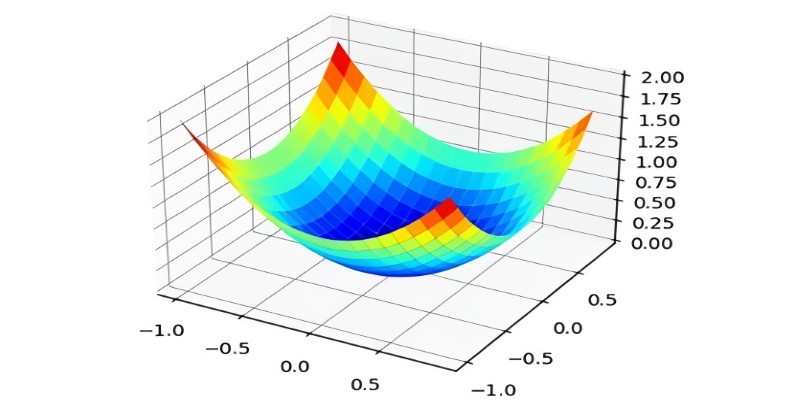
What the Adam optimizer is, how it works, and why it’s the preferred adaptive learning rate optimizer in deep learning. Get a clear breakdown of its mechanics and use cases

Looking for the best podcasts about generative AI? Here are ten shows that explain the tech, explore real-world uses, and keep you informed—whether you're a beginner or deep in the field

Access to data doesn’t guarantee better decisions—culture does. Here’s why building a strong data culture matters and how organizations can start doing it the right way

How the LiveCodeBench leaderboard offers a transparent, contamination-free way to evaluate code LLMs through real-world tasks and reasoning-focused benchmarks
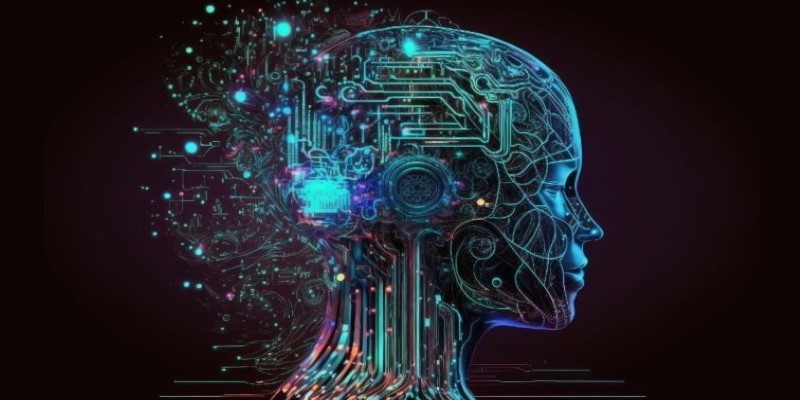
How stochastic in machine learning improves model performance through randomness, optimization, and generalization for real-world applications
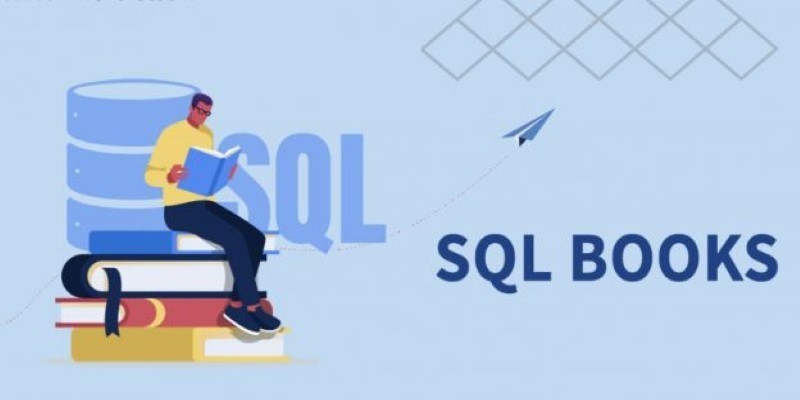 TOP
TOP
Looking to master SQL concepts in 2025? Explore these 10 carefully selected books designed for all levels, with clear guidance and real-world examples to sharpen your SQL skills
 TOP
TOP
What data annotation is, why it matters in machine learning, and how it works across tools, types, and formats. A clear look at real-world uses and common challenges
 TOP
TOP
How One Hot Encoding converts text-based categories into numerical data for machine learning. Understand its role, benefits, and how it handles categorical variables
 TOP
TOP
How temporal graphs in data science reveal patterns across time. This guide explains how to model, store, and analyze time-based relationships using temporal graphs
 TOP
TOP
How Voronoi diagrams help with spatial partitioning in fields like geography, data science, and telecommunications. Learn how they divide space by distance and why they're so widely used
 TOP
TOP
How Monster API simplifies open source model tuning and deployment, offering a faster, more efficient path from training to production without heavy infrastructure work
 TOP
TOP
How AI-powered earthquake forecasting is improving response times and enhancing seismic preparedness. Learn how machine learning is transforming earthquake prediction technology across the globe
 TOP
TOP
Explore the Rabbit R1, a groundbreaking AI device that simplifies daily tasks by acting on your behalf. Learn how this AI assistant device changes how we interact with technology
 TOP
TOP
AI interference lets the machine learning models make conclusions efficiently from the new data they have never seen before
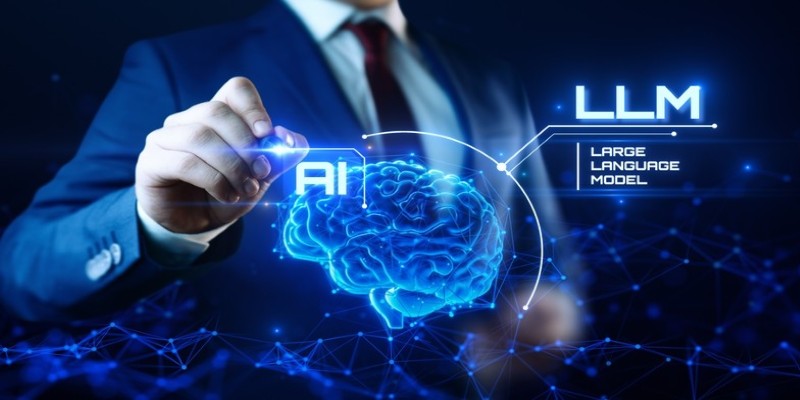 TOP
TOP
How LLM evaluation is evolving through the 3C3H approach and the AraGen benchmark. Discover why cultural context and deeper reasoning now matter more than ever in assessing AI language models